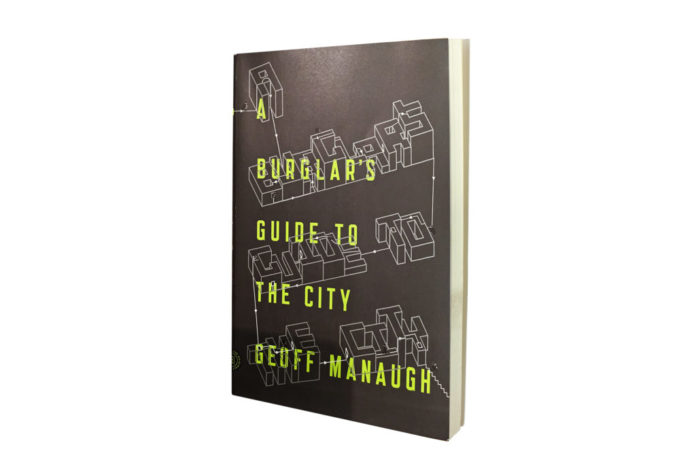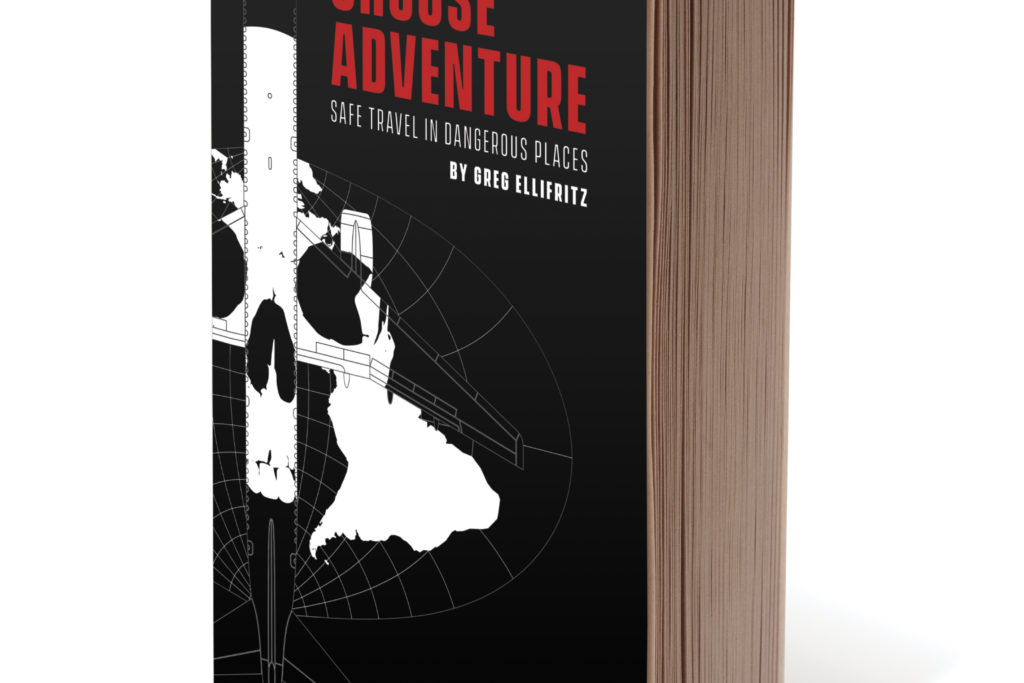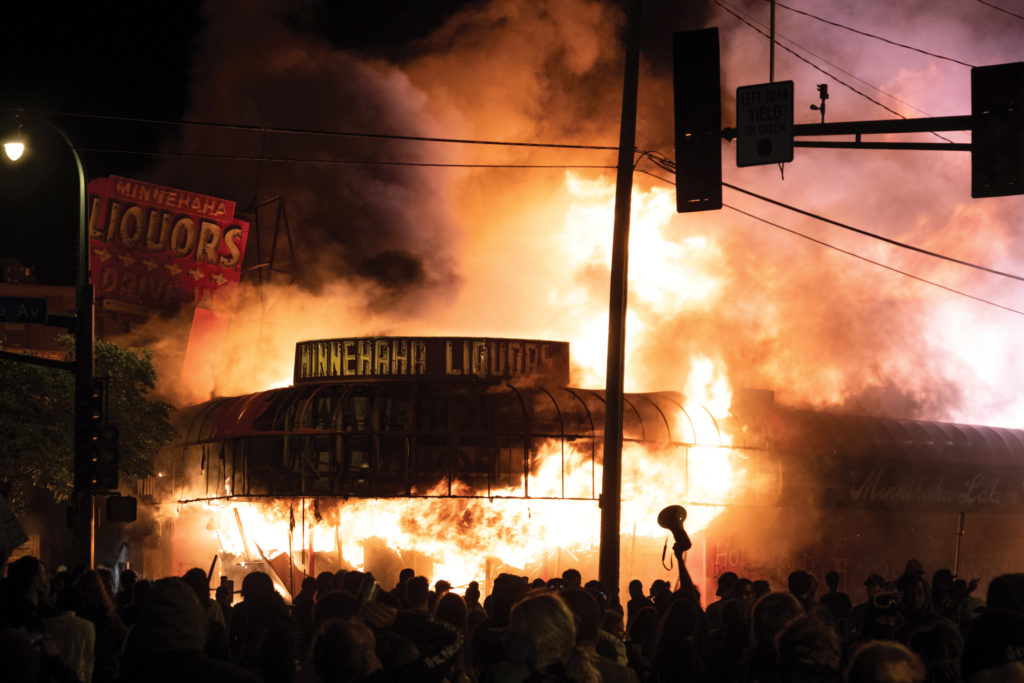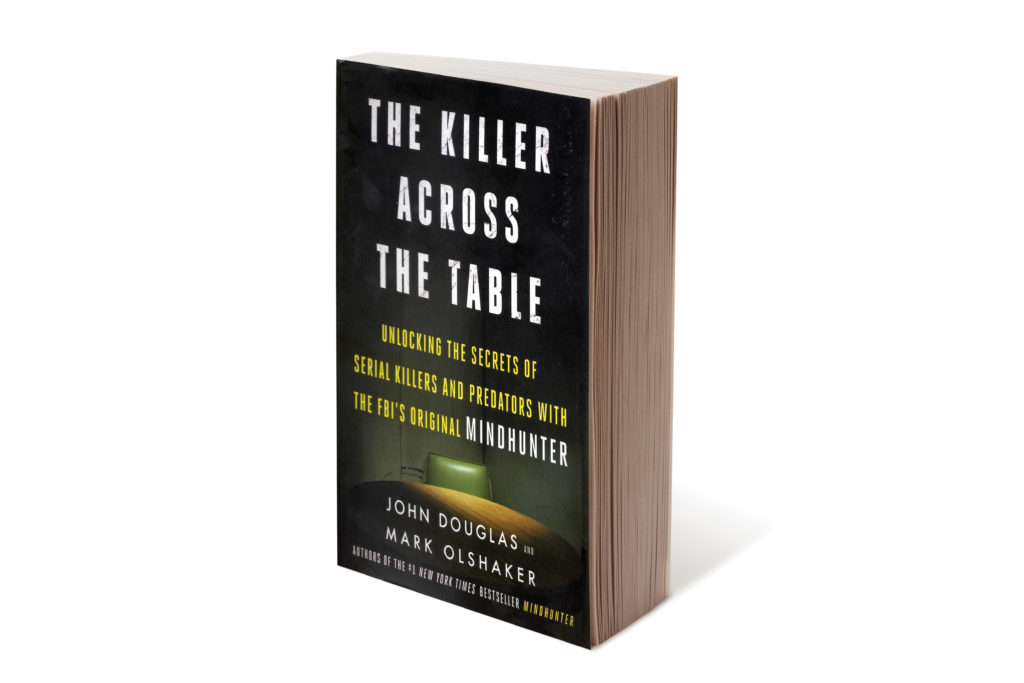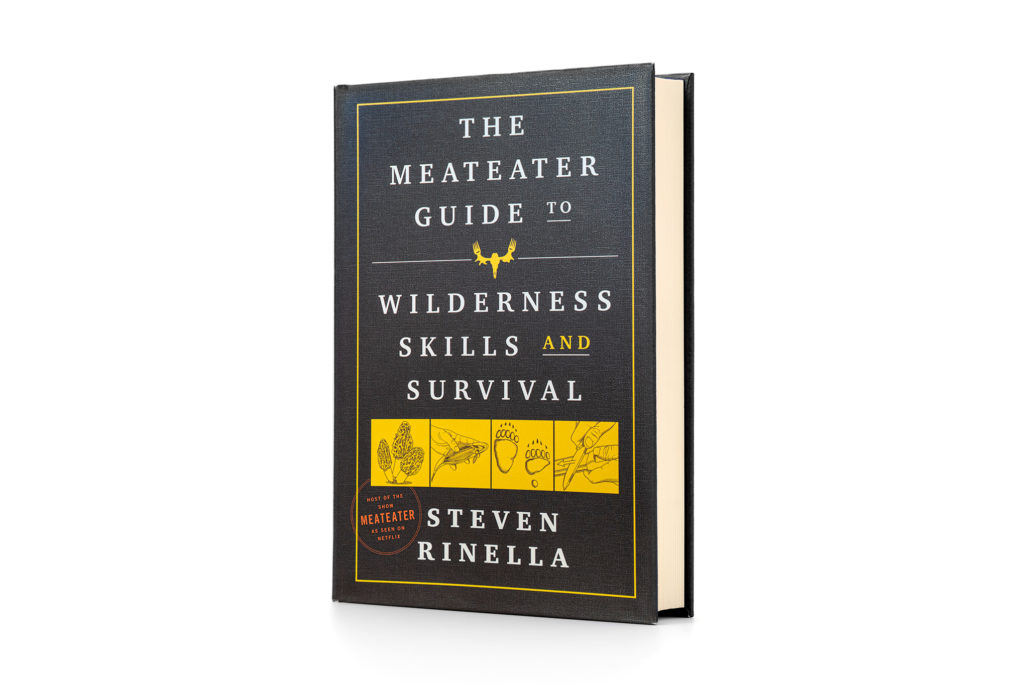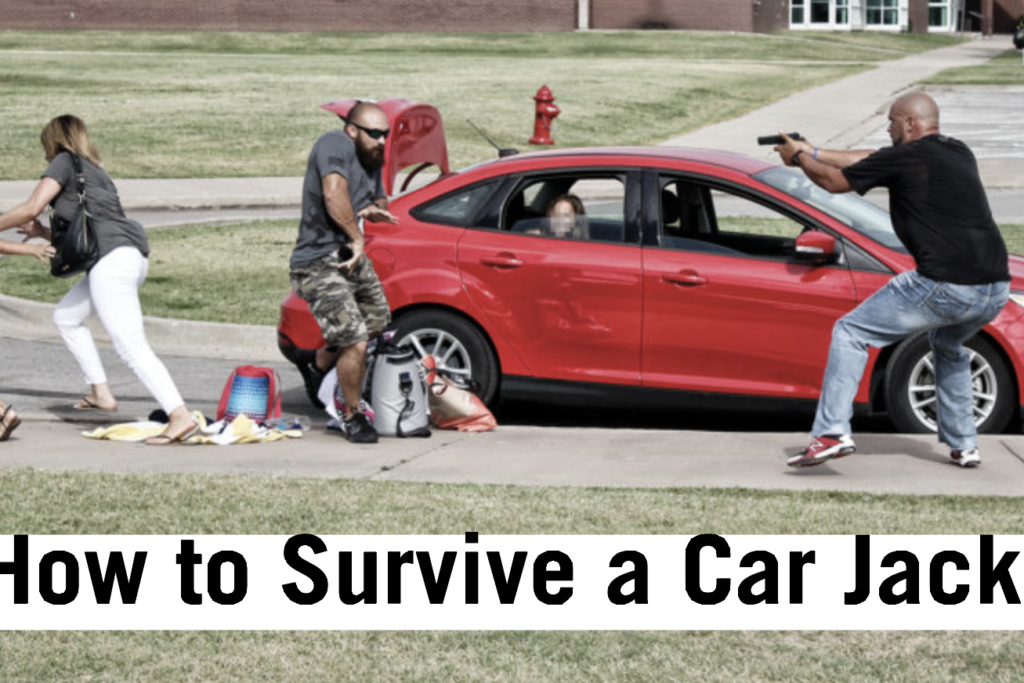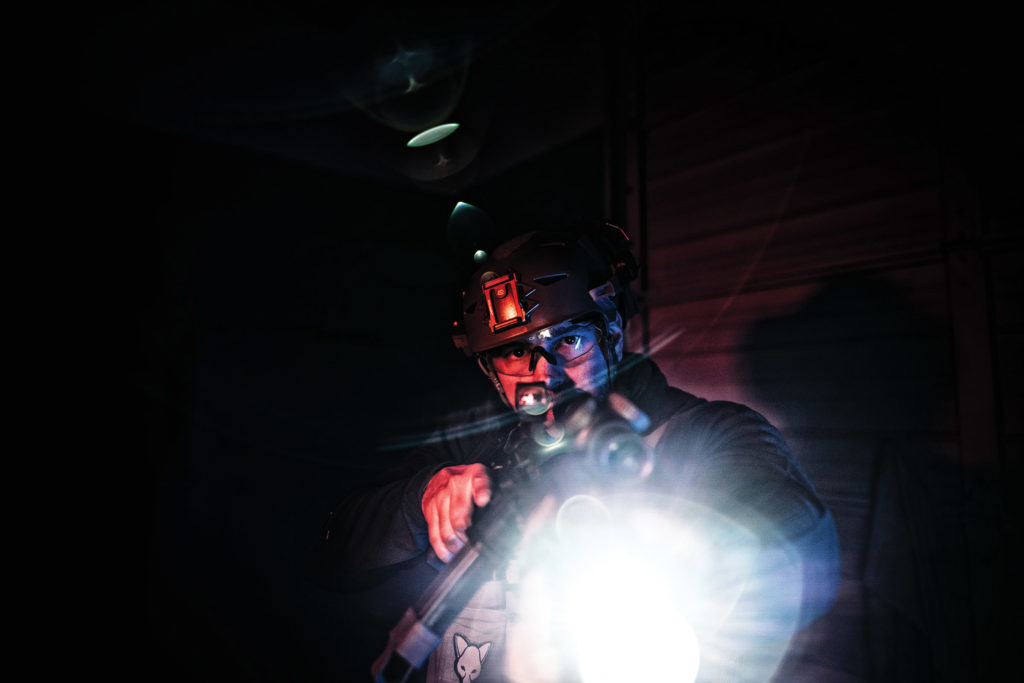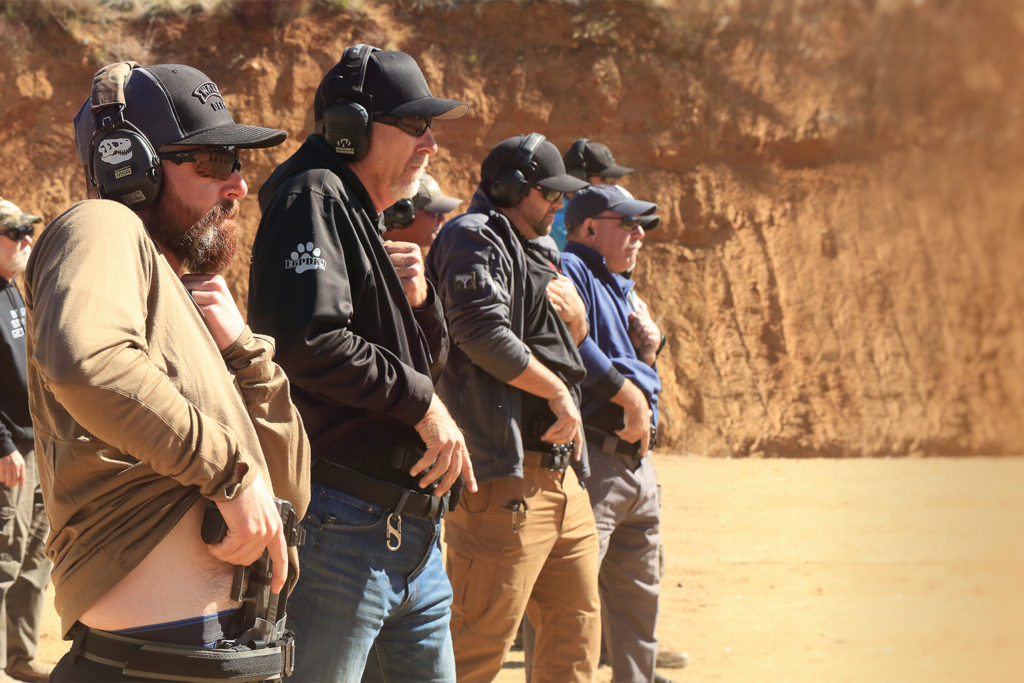The Premise: How do burglars look at a city and decide what their next target should be? How do burglars manage to pull off large heists of bank vaults and seemingly get away unnoticed? Geoff Manaugh takes the approach that burglary is highly influenced by urban planning and architecture. As he puts it: “How humans can take advantage of the built environment’s spatial opportunities for crime.” Through countless interviews with people involved in burglary, on both sides of the law, and some obvious painstaking research, Manaugh lays bare the tales of some notorious burglaries as he paints a picture of how weak spots are often exploited.
The 411: The book starts off with reference to one of New York City’s most successful burglars, George Leonidas Leslie, in 1869. If you’ve ever watched Ocean’s Eleven, The Inside Man, The Italian Job, or The Thomas Crown Affair, and thought that there’s no way some gang of crooks would go to the effort of constructing a replica of the place they were going to steal from, tunneling into a bank vault, or having an elaborate ruse to misdirect the onlookers, think again. Snippets of real-life heists have been interwoven into numerous popular movies. Shimmying through a pet door? Check. Climbing through a dumbwaiter chute? Check. Crawling through the air ducts? Check. Long lost secret tunnels that are rediscovered? Check.
Burglars of this sort are able to think spatially. That is, they understand that a location can be navigated in unconventional ways, whether it’s coming in through the ceiling, breaking through some sheetrock of an inexpensively manufactured business, or working their way up through water tunnels on ATVs and chipping through a few feet of concrete to get into a bank vault, they can see the not-so-obvious way into their target to purloin whatever valuables they desire.
Manaugh even delves into the “good burglars,” such as in the secret world of legal burglary done by the CIA, FBI, and local police to plant eavesdropping equipment in an attempt to catch a spy, terrorist, or organized crime suspect. And then there’s groups, such as the lockpicking enthusiasts trying to save the Locks of Love left on bridges around the world. Manaugh talks about how he accompanied a group of well-meaning people onto the Brooklyn Bridge, for a kind of anti-graffiti gesture, to remove illicitly placed locks and help slow the corrosion they cause to this landmark.
Of course, this research isn’t complete without a discussion about the specific tools and techniques burglars use. Sections discuss lockpicking in its many varied forms, then the specifics about lockpicking tools and the materials they’re made from, whether it’s a commercially manufactured tool set, a homemade tool from just the right kind of springy steel, or perhaps that shiny metal bristle left behind by the street sweeper. “Street-cleaning bristles, broomsticks, electrical tape, liquid polystyrene: in the right hands, everyday items have an unexpected secondary function, able to become something like skeleton keys with which we can gain entrance to any building or thwart the world’s most sophisticated security systems. The dark promise here is that if only you can assemble the right tools in the right combination, you’ll find yourself holding keys to everything around you.” (Chapter 4, Page 161).
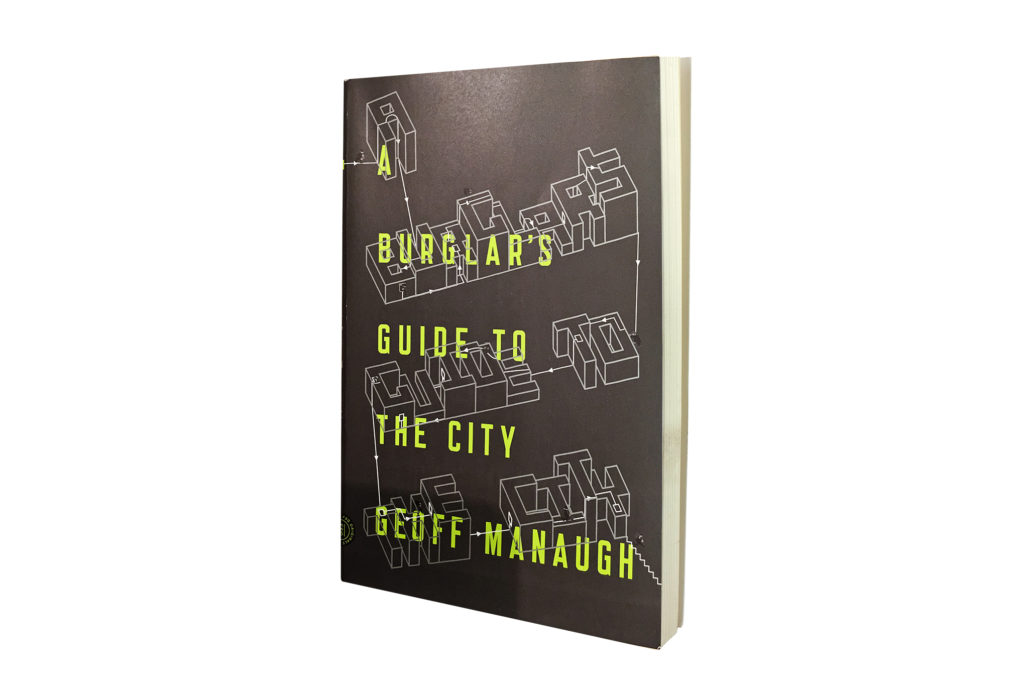
As the author explains, the very makeup of a city, the layout of its streets and infrastructure, play a role in crime. Does easy-on and easy-off access to a major highway indicate that burglary is more likely in that part of a city? What about a darkened alleyway? Will closed-circuit TV cameras stop or even deter a thief? Or are these cameras easily manipulated and overcome by professional burglars intent on getting access to somebody else’s valuables?
The Verdict: Manaugh has really done his research. The book includes 16 pages of small font text with his references. There are many stories in his book that I’m familiar with, even without checking his references. My days as a NYC detective taught me many burglary skills and techniques from skilled veterans, on both sides of the law, and Manaugh not only touched on many of those, but several others I had only heard about in passing. There are many movie heists mentioned in this book, which brings an extra air of familiarity to the tales, and the first-person stories relayed by the author kept me engaged. If you’re looking for a disquisition on burglary in its many forms, this book is a good read.
The Burglar’s Guide to the City by Geoff Manaugh
Publisher: Farrarr Straus and Giroux
MSRP: $17
URL: www.burglarsguide.com
Pages: 296
Rating: Thrive Survive Die
OFFGRID LIBRARY OF RECOMMENDED READING
- Tactics and Firearms
- Two Person Close Quarters Tactics by Special Tactics
- On Combat by Lt. Col. Grossman.
- The Irish Republican Manual of Guerrilla Warfare
- 100 Deadly Skills by Clint Emerson
- Violence of Mind by Varg Freeborn
- Skillsets and DIY
- Visual Guide to Lock Picking, 3rd Edition
- Primitive Technology Survivalist Guide Book by John Plant
- 101 Skills You Need to Survive in the Woods by Kevin Estella
- The Survival Medicine Handbook by Joseph & Amy Alton
- Bushcraft by Mors Kochanski
- Novels and Literature
- The Final Day by William Forstchen
- The Savage by Frank Bill
- Scenarios and Survival
- Lights Out by Ted Koppel
- Waste Land by David T. Hanson
- Choose Adventure by Greg Ellifritz
- The Meateater Guide to Wilderness Skills and Survival by Steven Rinella
- Left of Bang by Patrick Van Horne and Jason A. Riley
Related Posts
The post Book Review: A Burglar’s Guide to the City, by Geoff Manaugh appeared first on RECOIL OFFGRID.


